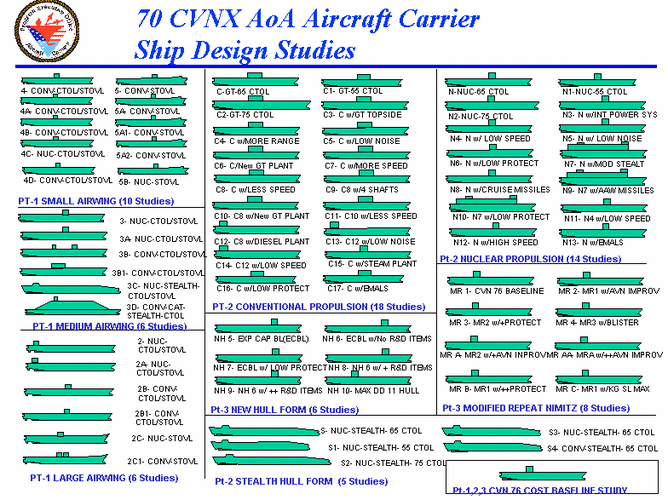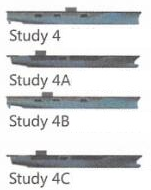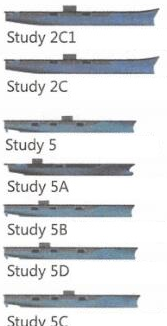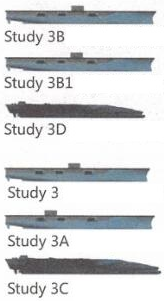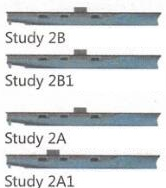Sqorpio
H. von Moltke : « Mehr sein als scheinen »
- Joined
- 4 March 2017
- Messages
- 3
- Reaction score
- 2
Four projects are studied for next generation for replacing Nimitz-class :
1. CVN 8X : nuclear propulsion 100,000t
2. CVN LX : hybrid propulsion 70,000t
3. CV LX : fossil fuel–powered 43,000t with V/STOL aircraft
4. CV EX : fossil fuel–powered 20,000t with V/STOL aircraft
Source : https://pilotonline.com/news/military/local/the-navy-just-commissioned-its-newest-aircraft-carrier-it-s/article_27754130-a74a-5a72-84a8-26c7862cf9a3.html
1. CVN 8X : nuclear propulsion 100,000t
2. CVN LX : hybrid propulsion 70,000t
3. CV LX : fossil fuel–powered 43,000t with V/STOL aircraft
4. CV EX : fossil fuel–powered 20,000t with V/STOL aircraft
Source : https://pilotonline.com/news/military/local/the-navy-just-commissioned-its-newest-aircraft-carrier-it-s/article_27754130-a74a-5a72-84a8-26c7862cf9a3.html

